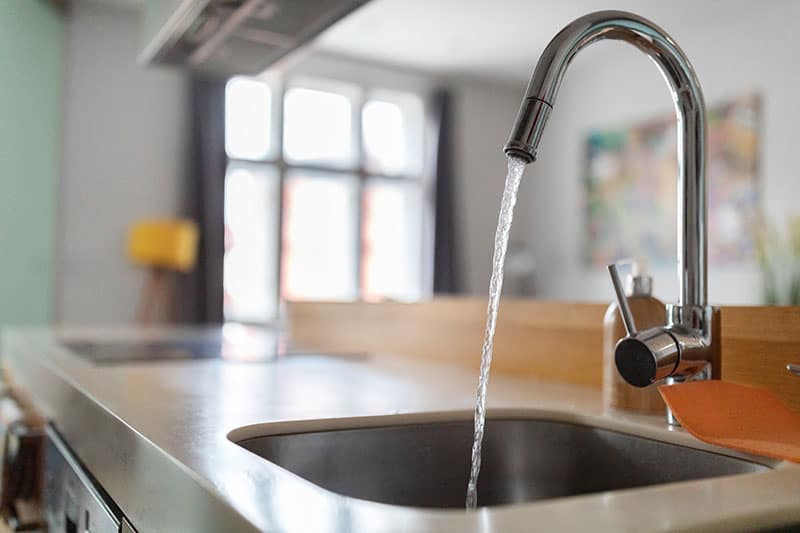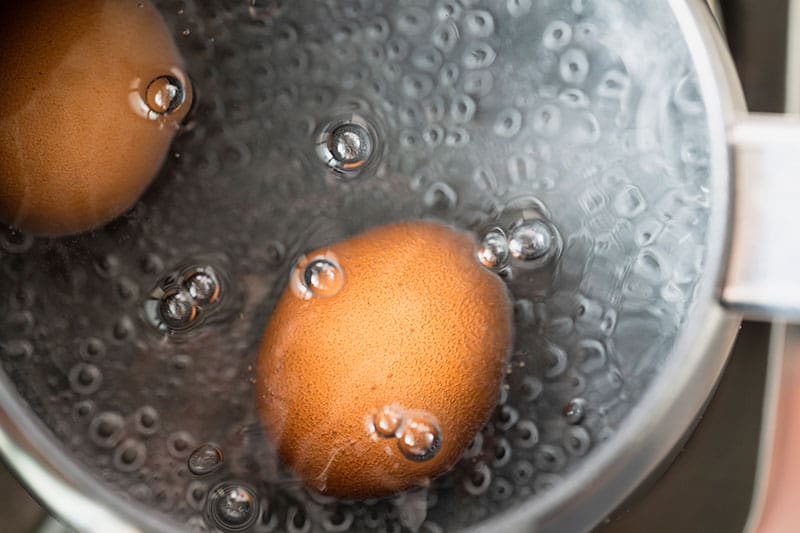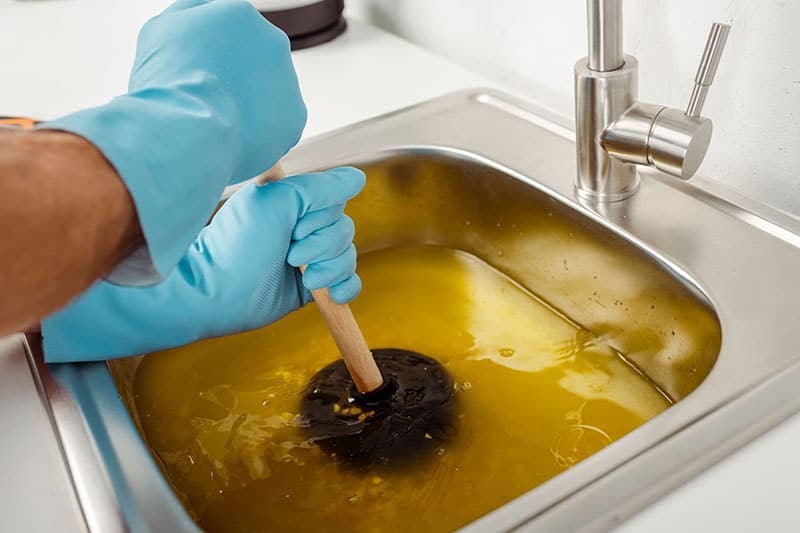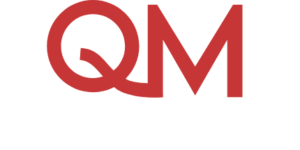What is Backflow? Understanding a Critical Plumbing Concern

Water is essential to our daily lives, flowing through our homes and businesses to provide us with clean, safe water for drinking, cooking, and cleaning. However, what happens when that water doesn’t flow as intended?
Backflow is a plumbing phenomenon that occurs when water flows in the reverse direction from its intended path in a plumbing system. This reversal might seem like a minor inconvenience, but it actually represents a serious health and safety concern for both residential and commercial properties.
Understanding what backflow is, how it occurs, and how to prevent it is crucial for maintaining safe water systems in our homes and workplaces. While prevention is the best measure to prevent backflow from occurring, it can still happen despite our efforts. That’s why you should know a premier plumbing company – like Quality Plumbing – that could help you resolve your issue and restore your home and peace of mind.
[Related: Plumbing Emergency Tips: What You Need to Know]
What is Backflow: Health and Safety Risks
Before discussing potential backflow issues, it is essential to understand the most alarming aspect of backflow: its potential health impacts. When backflow occurs, potable, or drinkable, water becomes mixed with non-potable sources, including chemicals, bacteria, and other harmful substances, entering your water supply without any visible signs, making it particularly dangerous.
Common contaminants that can enter your water system through backflow include:
- Pesticides and fertilizers from lawn irrigation systems
- Human waste from sewage lines
- Industrial chemicals from manufacturing facilities
- Soap and cleaning products from washing machines or dishwashers
- Bacteria and pathogens from stagnant water sources
The public health impact of backflow can be extensive, potentially affecting entire neighborhoods or communities when occurring in municipal systems. Local and federal health agencies take backflow prevention seriously due to these risks, implementing regulations and requirements for backflow prevention devices in various applications. These measures underscore the importance of understanding what backflow is and taking necessary steps to prevent it.
What is Backflow: Signs of Potential Issues

Recognizing the warning signs of backflow problems can help you address issues before they lead to severe contamination. While some backflow incidents occur without obvious indicators, several signs might suggest you’re experiencing backflow issues, such as:
- Water Quality Changes: This includes unusual tastes, odors, or appearances in your water, discoloration such as brown, yellow, or cloudy water, or sediment or particles in the water that weren’t previously present.
- System Indicators: Notice any irregular water pressure throughout your property, unusual noises in your plumbing system, like gurgling or sucking sounds, or water meters running when all fixtures are turned off.
- External Signs: Water backing up in fixtures when they shouldn’t be (such as water rising in a sink when the washing machine drains), slow drainage throughout multiple fixtures in your system, and sewage odors coming from drains or fixtures are all external signs of backflow.
Early detection can prevent contamination and protect your family or employees from exposure to harmful substances. If you notice signs of backflow, it is best to contact a professional plumber immediately to restore your plumbing and protect your health.
[Related: Why Is There Brown Water from the Tap?]
What is Backflow: The Importance of Professional Assessment

When it comes to backflow prevention, professional expertise is invaluable. Trained professionals can identify backflow risks specific to your property that you may not be aware of. Professional backflow prevention typically involves the installation of specialized devices designed to prevent water from flowing backward through the system. These devices include:
- Air gaps: Physical separations between a water supply outlet and a potentially contaminated source
- Vacuum breakers: Devices that allow air into the system to prevent back-siphonage
- Check valves: Mechanical devices that only allow water to flow in one direction
- Reduced pressure zone (RPZ) assemblies: Complex devices that provide the highest level of protection for high-hazard applications
Understanding what backflow is and implementing appropriate prevention measures isn’t just about compliance—it’s about protecting your water supply and the health of everyone who uses it. Professional assessment provides the expertise needed to implement the right solution for your specific situation.
Protect Your Water Supply – Contact Us for Expert Plumbing Solutions
Taking a proactive approach to backflow prevention is crucial for maintaining a safe water system. Understanding what backflow is represents the first step in this process, allowing you to recognize the importance of proper prevention measures.
Work with the plumbing experts to ensure you have the proper protection in place for your property when you contact Quality Plumbing. We provide a comprehensive evaluation of your property’s backflow prevention requirements. If you’re in Missouri, call 816-472-4994, and if you’re in Kansas, call 913-894-4994 to schedule a consultation with our plumbing experts.

